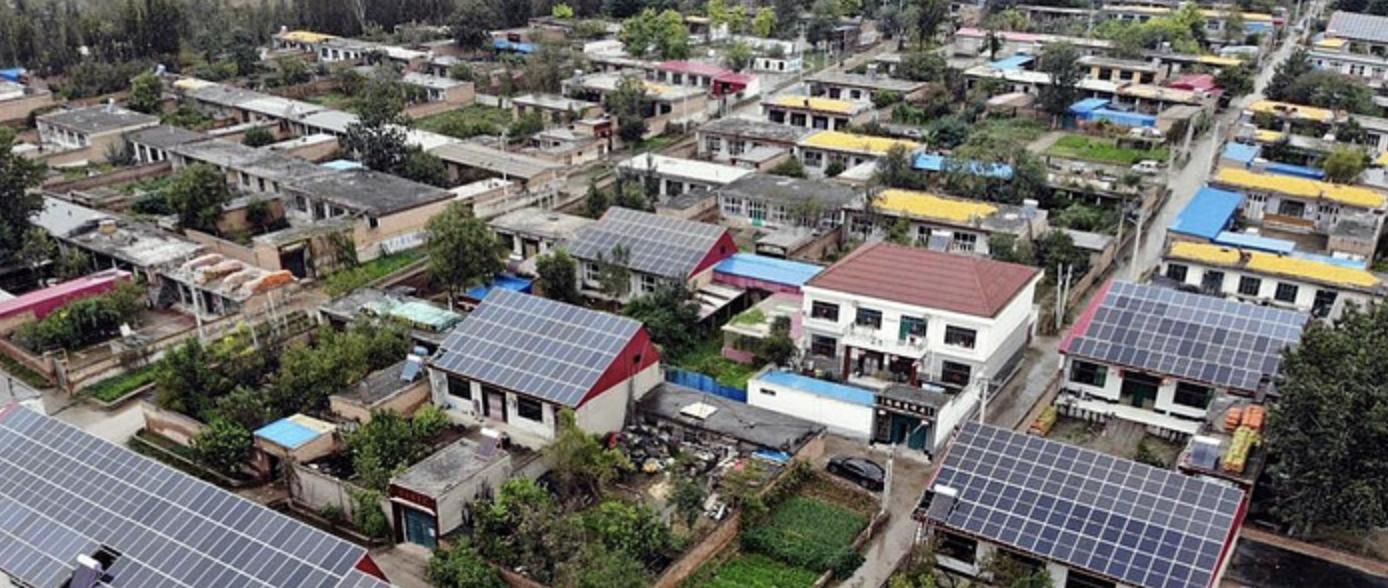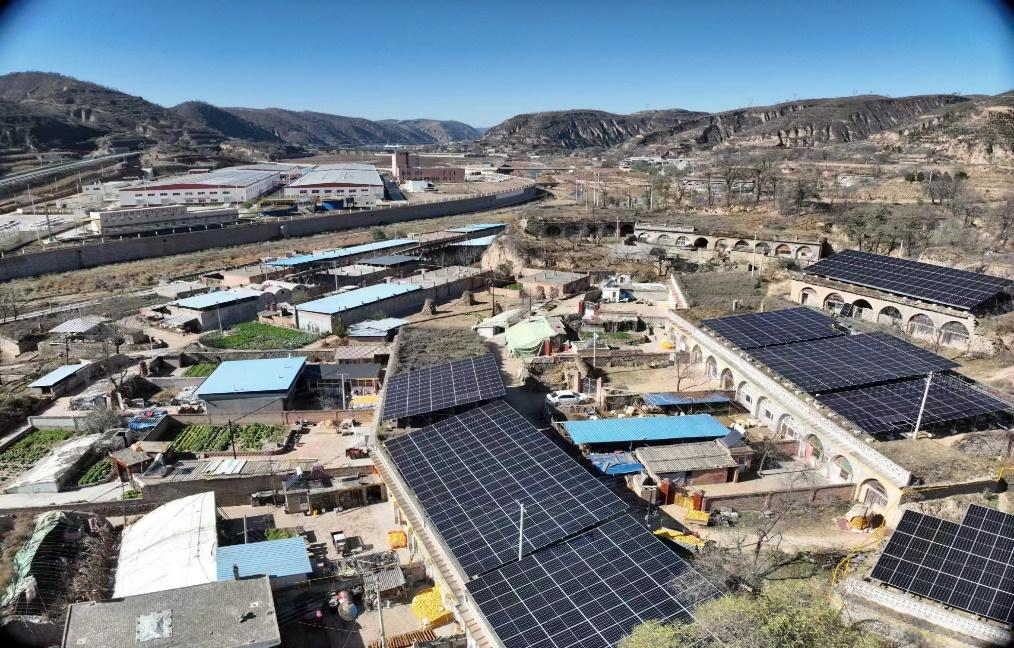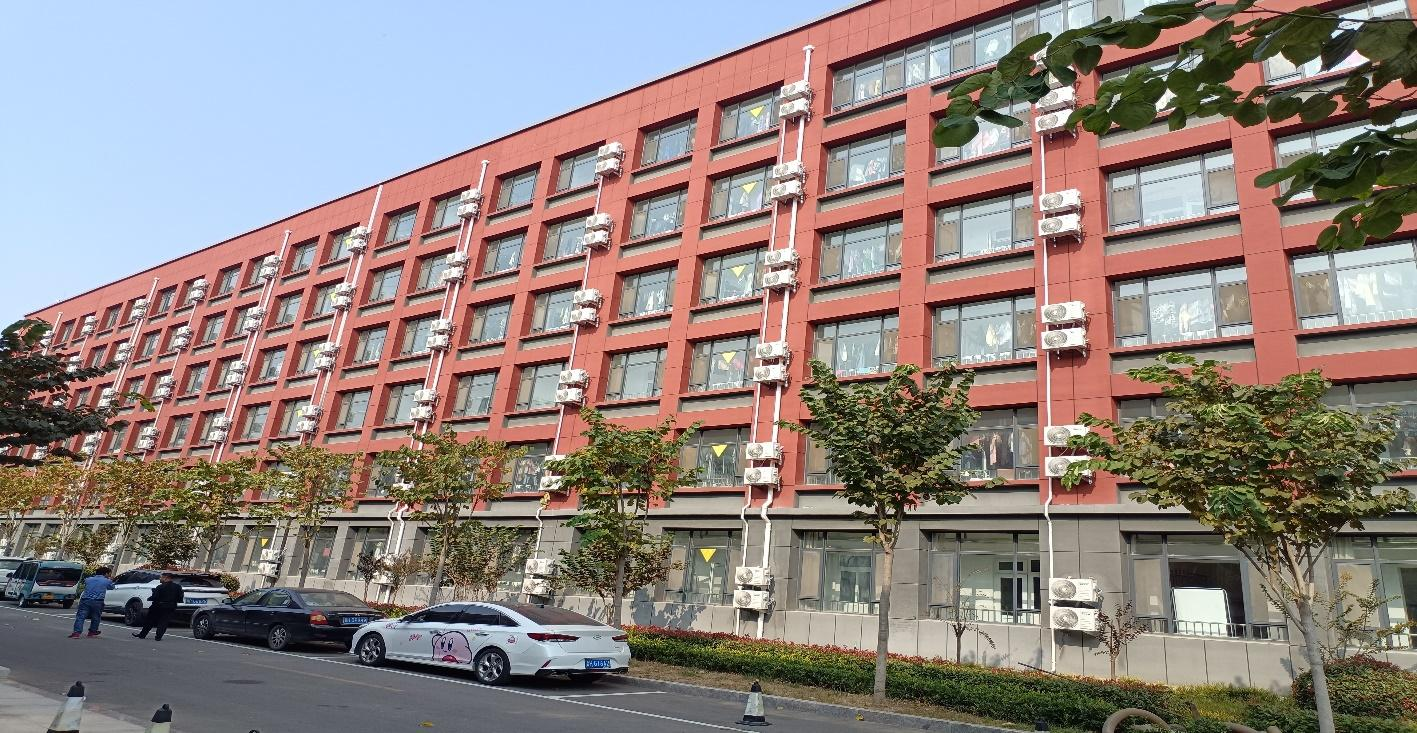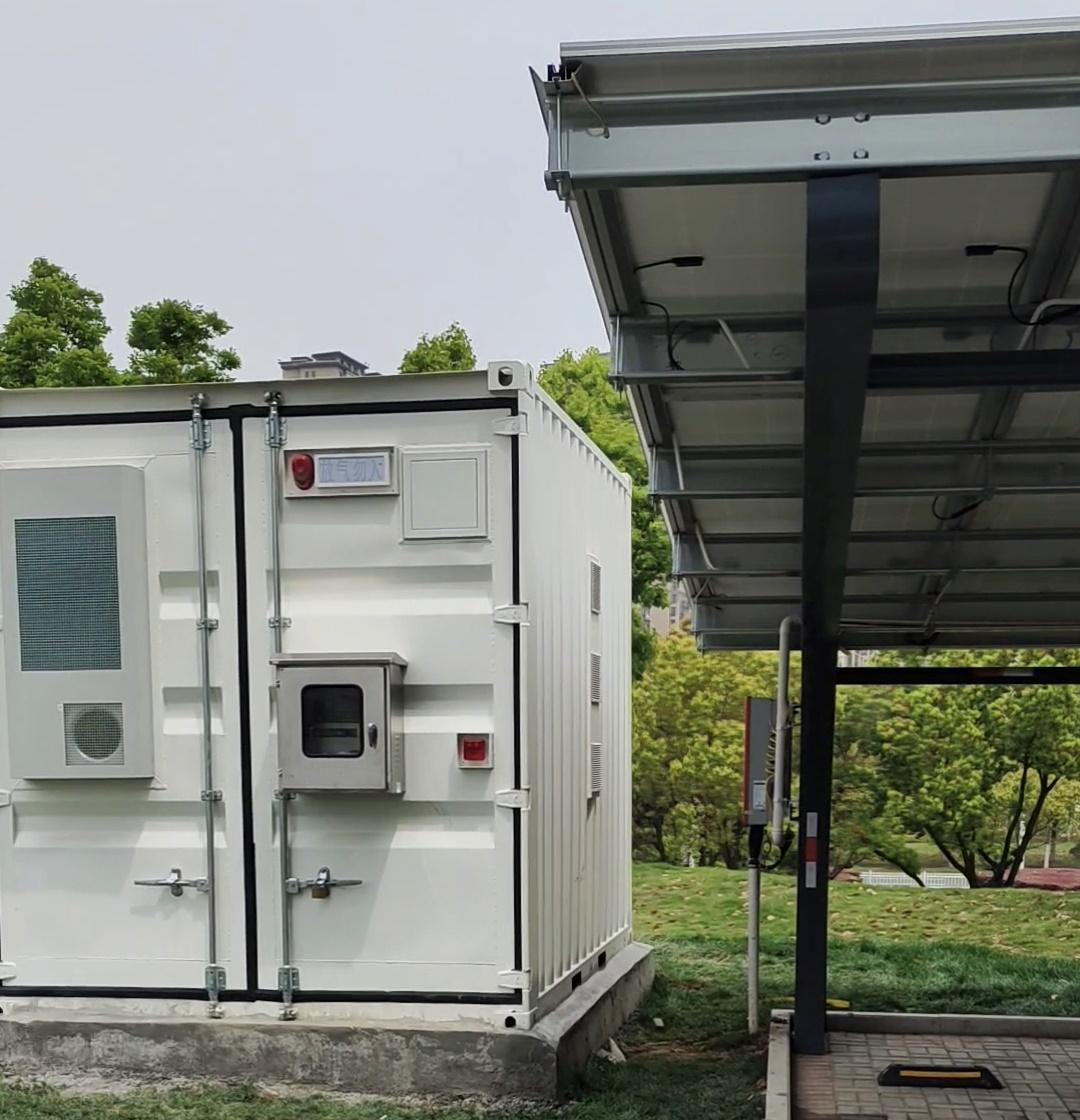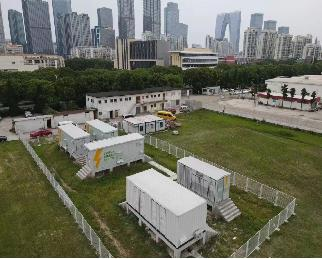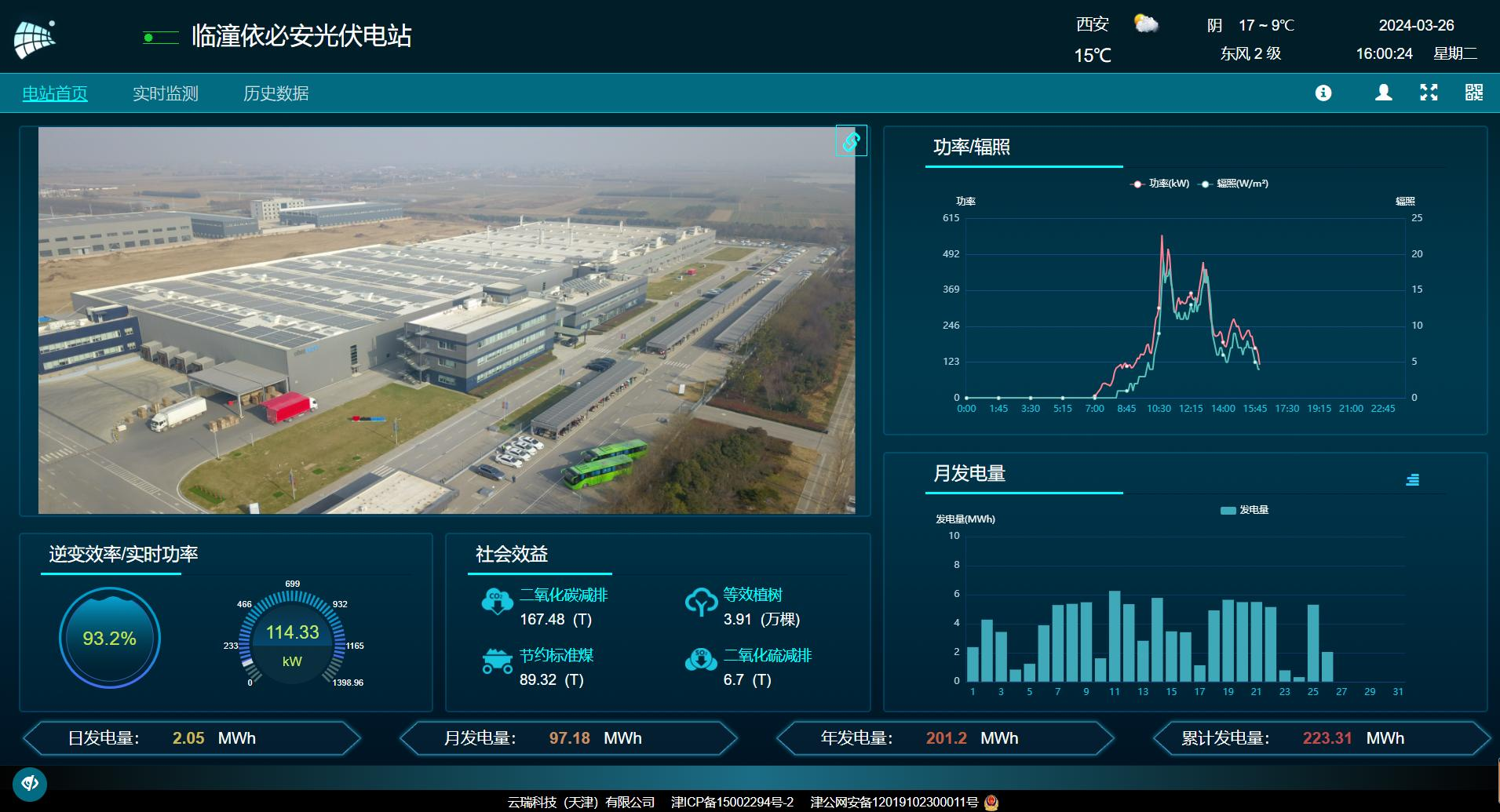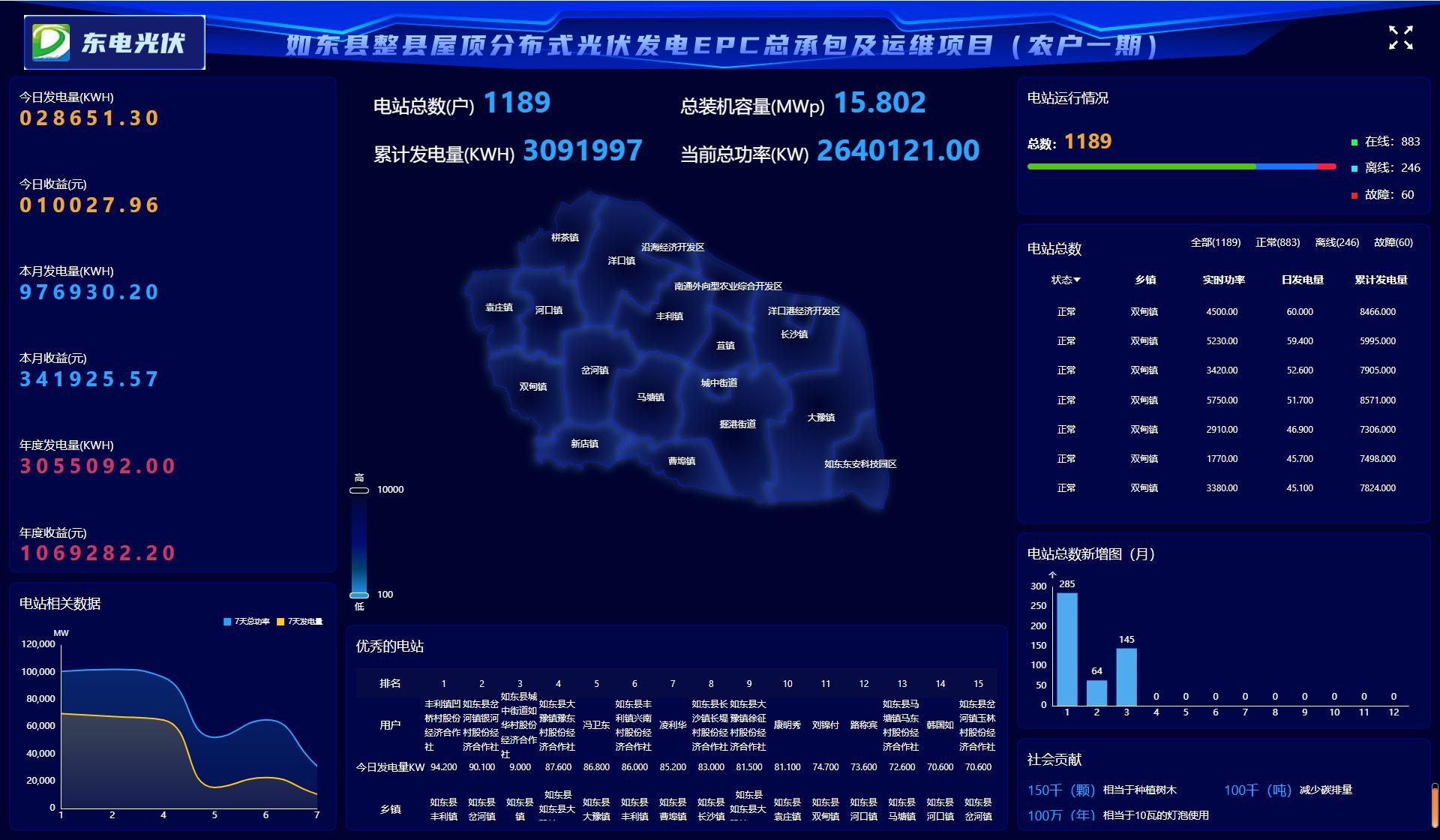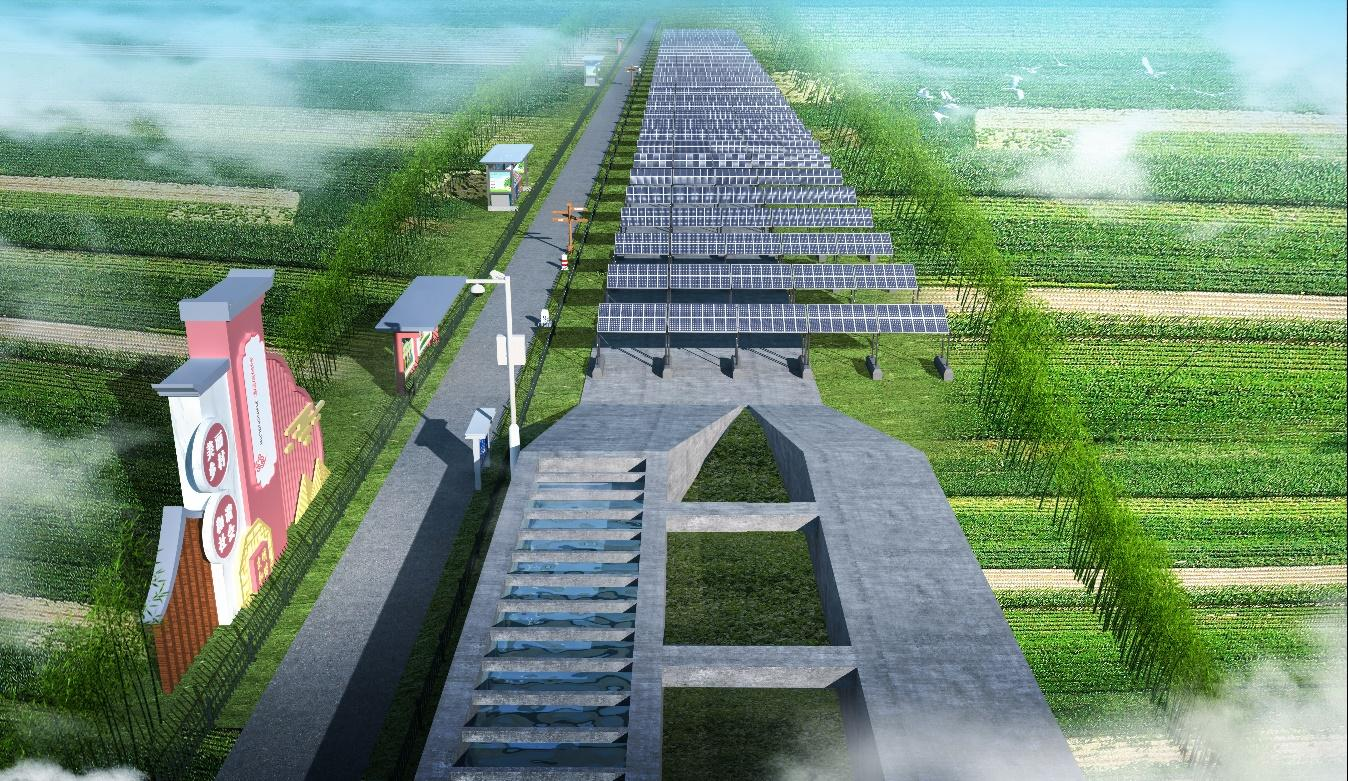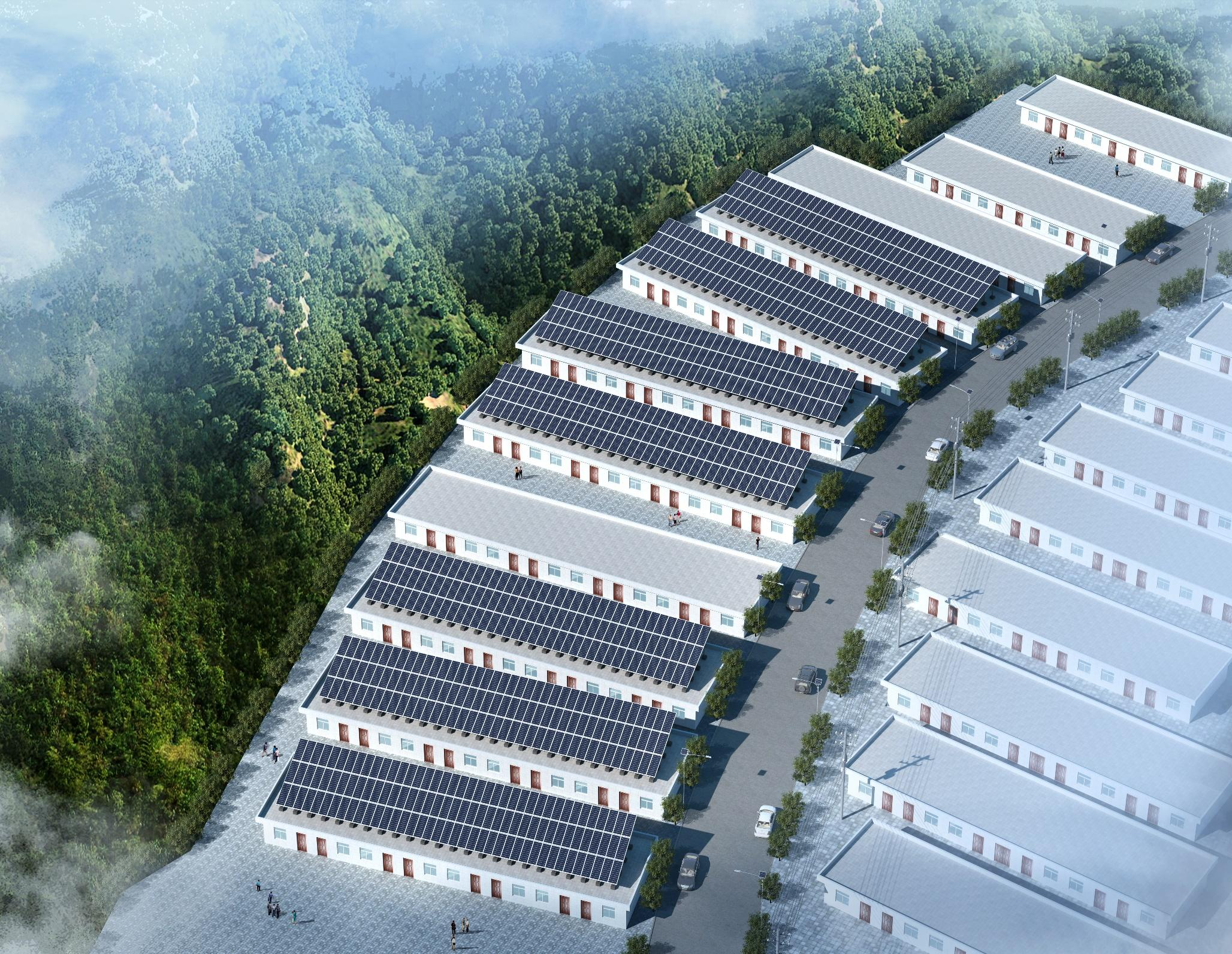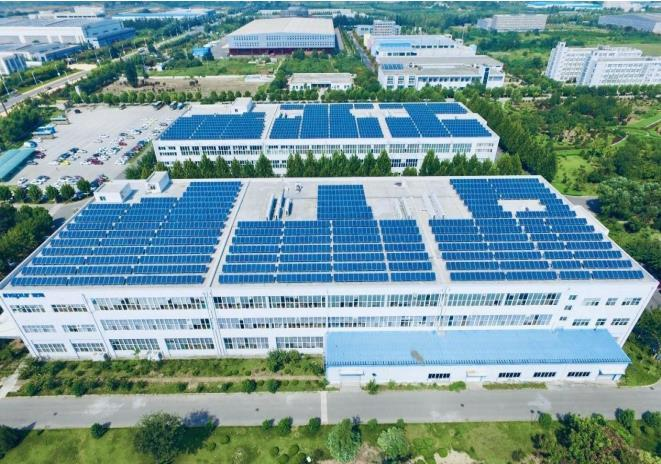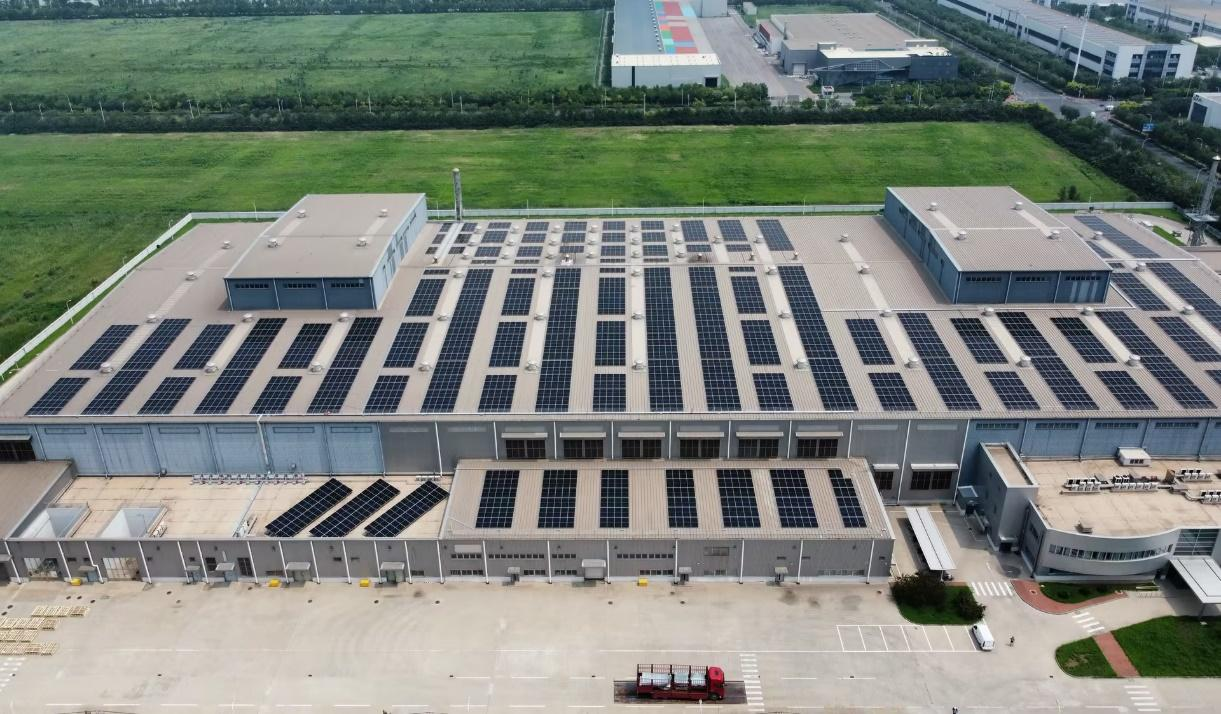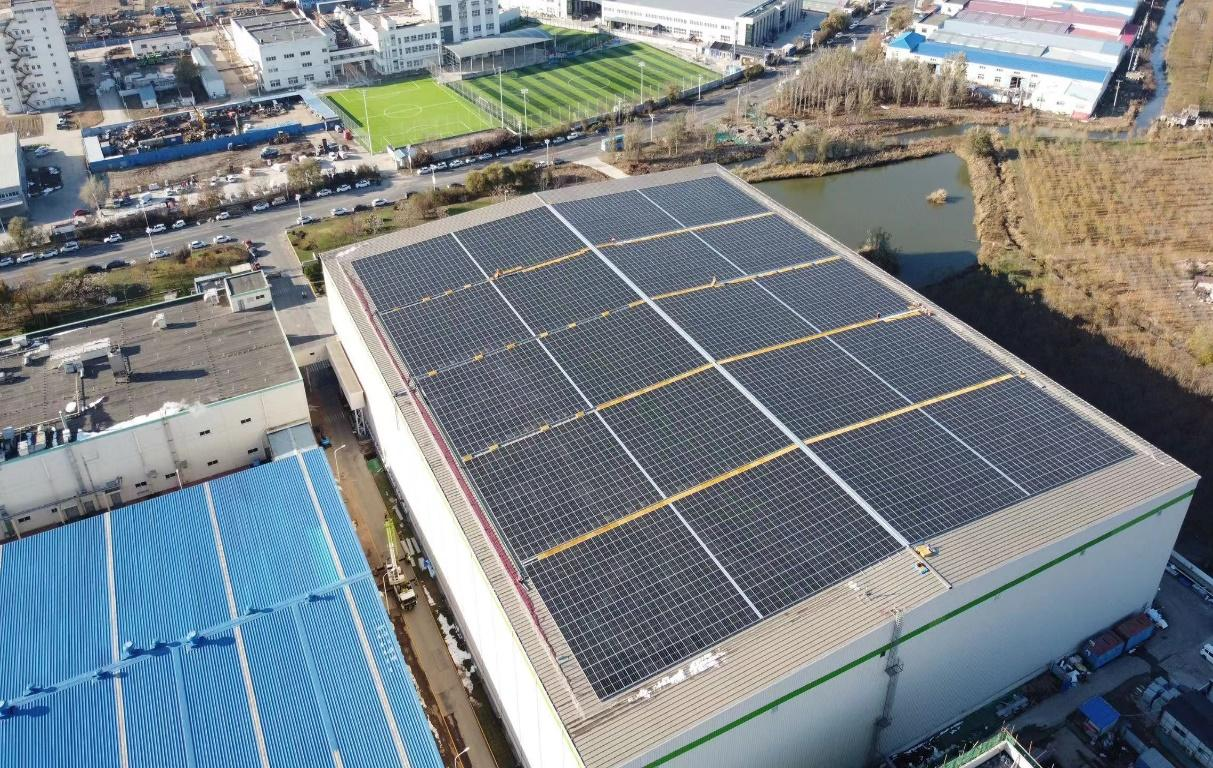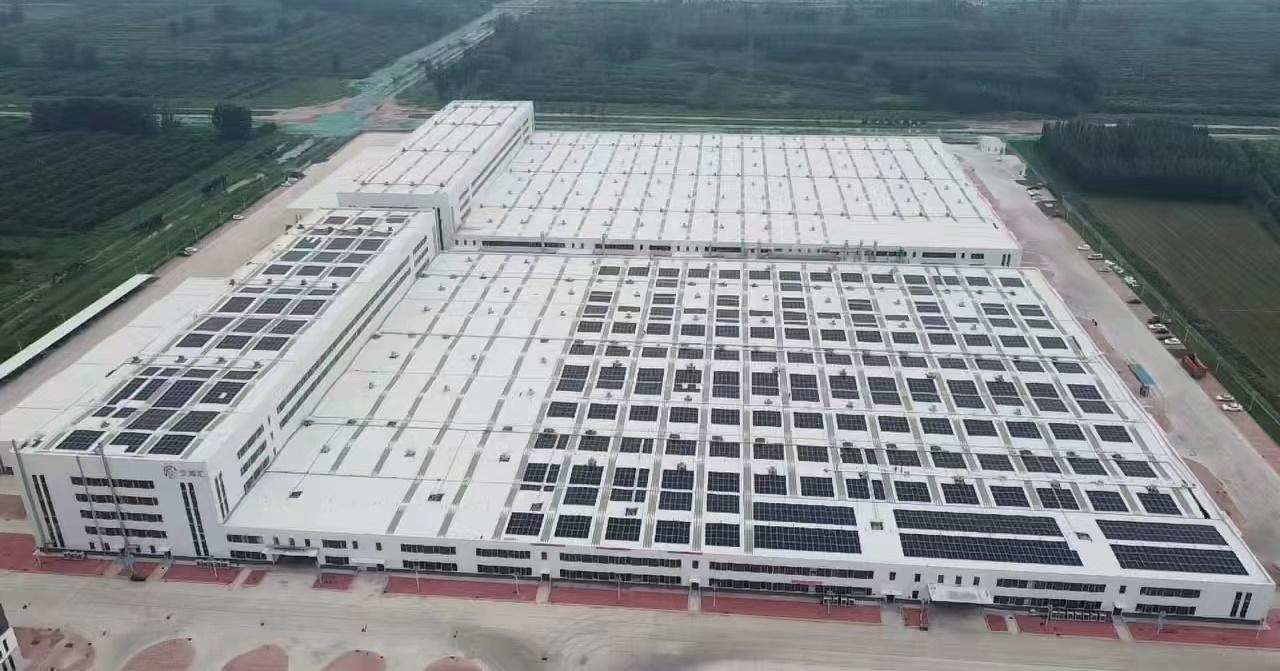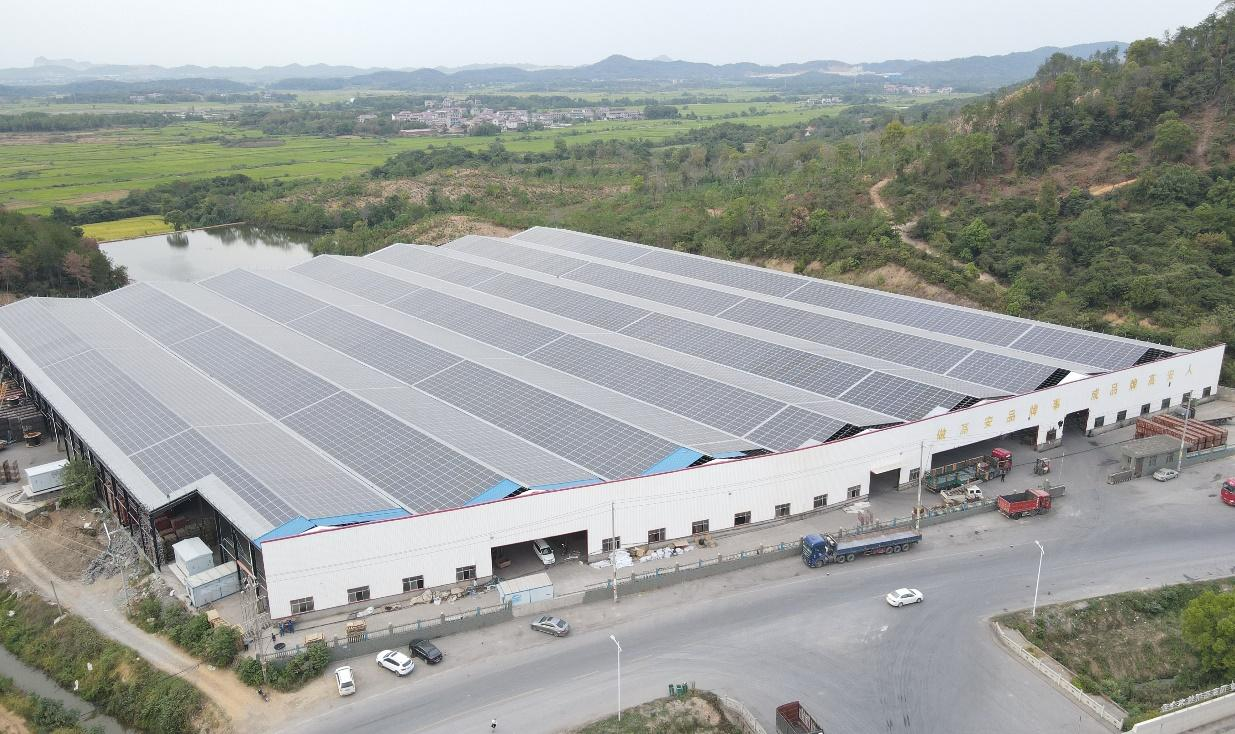Wedoany.com Report-Nov 12, Scientists in Egypt have created an anti-soiling coating for solar panels by mixing ethanol, deionized water, ammonium hydroxide and tetraethyl orthosilicate. They tested a coated panel outdoors for ten months and found that the panel showed a 64.7% higher current compared to reference modules without coating.
Researchers from the Port Said University in Egypt have developed a self-cleaning hydrophilic nano-coating that could be used to reduce soiling and increase power yield in PV systems located in arid regions.
“Hydrophilic surfaces exhibit a water contact angle (WCA) of less than 90° and possess high surface energy. These coatings attract and spread water droplets into thin films across the panel surface. This thin film can act as a self-cleaning mechanism, sweeping away dust and dirt particles as the water sheet evaporates,” the group said. “Our findings highlight the substantial potential of nano-coating for effective dust mitigation, particularly in dusty environments, thus enhancing PV system reliability.”
To create the novel nano-coating, the group used 50 ml of ethanol as solvent, to which it added 1 ml of deionized water and 2.2 ml of 35% ammonium hydroxide. The mixture was poured into a glass bottle and heated to 50 C in a sand bath. After heating was applied, 2.5 ml of tetraethyl orthosilicate was added, which the group stirred at 300 rpm for three hours.
The mixture was then applied on a polycrystalline solar panel with a rated efficiency of 13.71% and a maximum power of 60 W. Before applying the thin film, the panel was first cleaned from all dust particles and then positioned in a controlled environment where the coating was applied with a spray gun. This panel, as well as an identical reference panel without coating, were positioned outdoors with a tilt of 30° at the city of Port Fouad, Port Said Governorate, Egypt.
“Conducted in June, the examination aimed to evaluate the coating’s impact on the panel’s overall performance. To ensure that the performance improvements observed are primarily due to the nano-coating, control variables were carefully managed throughout the experiment by placing both the PV panels with and without nano-coating at the same location in the vicinity of each other,” the academics said. “The solar irradiance ranged from 120 W/m2 to a peak of 720 W/m2 at noon, while the ambient temperature recorded fluctuated between 23 C and 29 C.”
The measurements showed the self-cleaning nano-coating thin film consistently increased short circuit current, averaging 2.8 A, which is 64.7% higher than the uncoated panel’s 1.7 A. The coated panel also consistently achieved higher efficiencies, reaching peak values of 12–13.5% compared to the uncoated panel’s 7–8%.
The test also showed that the power output of the coated panel ranged from 7 W to 38 W, with an average of approximately 24.75 W, while the uncoated panel exhibited a power output between 3 W and 23 W, with an average of about 14 W.
“Despite these promising results, it is important to acknowledge the limitations of this study. The research was conducted at a single location in Egypt, and dust composition and environmental conditions can vary significantly in other regions,” the group concluded. “Future studies would assess the performance of the coating across diverse dusty environments. Additionally, the long-term durability and cost-effectiveness of the coating require further investigation.”
The nano-coating was introduced in the paper “Experimental investigation of a nano coating efficiency for dust mitigation on photovoltaic panels in harsh climatic conditions,” published in scientific reports.

